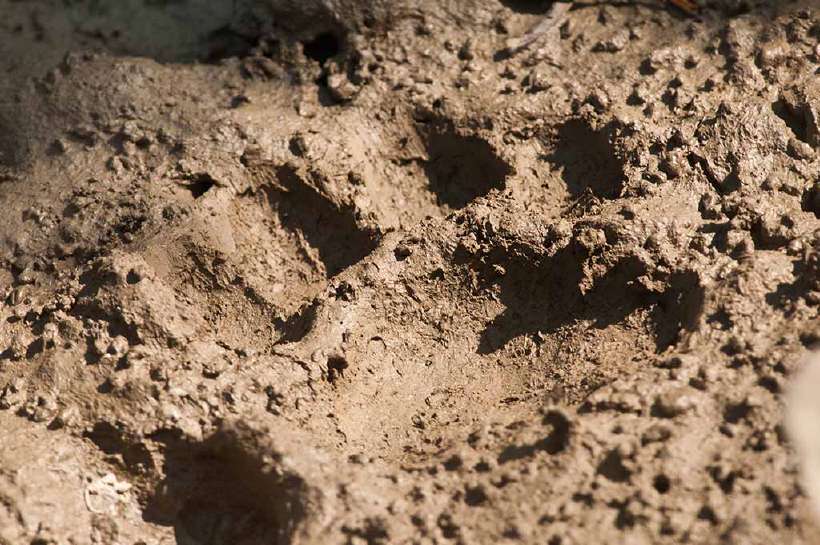Have you ever been to a national park? If so, you must have tried to trace or locate a wild animal by trying to see its footprints on the soil. For example, people who go to Jim Corbett National Park, in Uttar Pradesh, India, spend most of their time looking for tigers. They do so by trying to look for its pug marks on the soil. If they find even one, they return happy and spin tall tales of adventure to their friends, about “How I saw a tiger”. We know because we have done it.

While we humans try to locate wild animals through their footprints, Planet Earth quietly keeps a record of our footprints. Human footprints – of every individual, every community, every country. How, you may ask. Simple. The earth provides us almost everything that we need to live, eat, sleep, work, play, travel and entertain. Many of us manage to do all this in great comfort, especially in the cities. Of course, one has to have money to do all this, which more people in the cities have more of than anywhere else. The poor have a bad time even in the cities, be it regarding food, drinking water, sanitation, or shelter.
To do all this, one uses up the earth’s resources – its land. Because some of us have more buying power, we end up using more resources than we actually need. We do it because we have unlimited desires and wants. What we need to ask is how much of the earth’s resources are we using up. We also create a great deal of waste and pollution. So we need to think how much land we use to dispose that waste.
Two things happen. Vast sections of the world’s population get much less resources than they need to live with dignity. They live surrounded by dirt, disease, drought and famine, as Indians living in Rajasthan and Gujarat are experiencing. Secondly, the earth also undergoes a lot of wear and tear.

The amount of resources we use are like footprints. They show whose lifestyles are a burden on the earth and whose aren’t. The lifestyles of individuals as well as countries. For, the earth does not have unlimited resources. Because of the few who eat up most of the earth’s resources, the majority has to bear the consequences – like pollution. This is the ecological footprint that the earth keeps in its memory.
Some years ago, a distinguished expert, called William Rees, developed this technique of the ecological footprint. Today, this technique has become like a magnifying glass. It allows us to see whether we are living lives in a way that keeps the earth in a reasonably good shape. Once the earth goes out of shape, there is no hope for living beings.
Countries like the United States and Canada are the big gobblers and they have big ecological footprints. Rees calculated that the average amount of energy and materials consumed by a Canadian is the same amount as an area of 4.3 hectares can produce.
India has a footprint of 0.4. This means that the energy and materials consumed by an Indian is the same as what 0.4 hectares of land can produce. But if we look carefully, we will find that within India, the footprints of the city Indian are much larger than the rural Indian. And if we look carefully, the urban rich Indian’s footprint may be even larger than the entire size of the poor Indian.
603 words |
6 minutes
Readability:
Grade 6 (11-12 year old children)
Based on Flesch–Kincaid readability scores
Filed under: planet earth
Tags: #india, #indians, #tigers, #waste, #bengal, #cities, #footprints
You may also be interested in these:
Satyajit Ray
Indians: Masters of Junk
An Earth Day Fable
Street Cricket in Calcutta: Out, Caught!
Polluted India